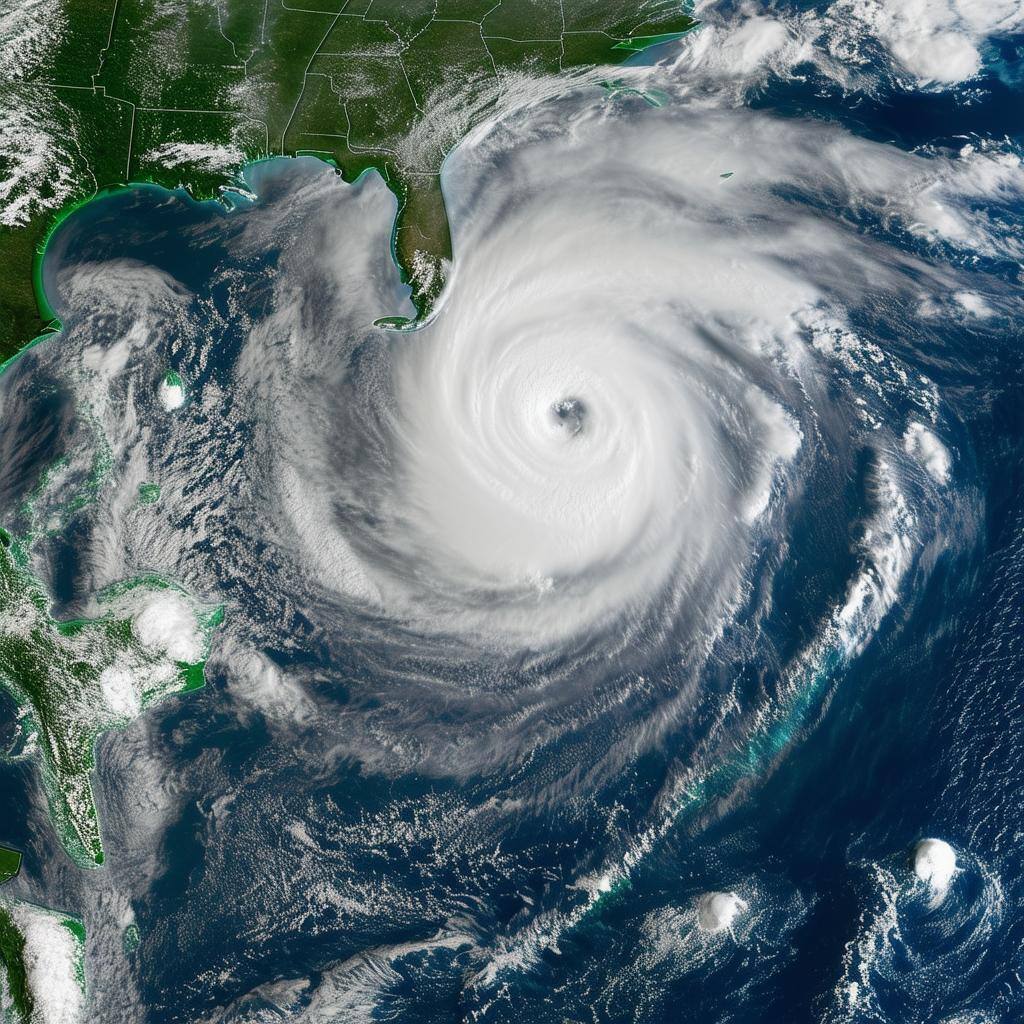February 05 2025
Categories: P&C Solutions

Catastrophes can happen anywhere, increasingly affecting regions considered safe from certain weather disasters. This trend is causing unexpected and often severe consequences for unprepared communities. The Federal Emergency Management Agency (FEMA) plays a critical role in U.S. disaster management, operating through three core phases: preparedness, response, and recovery. Once a major disaster is declared (i.e. weather-related, wildfires, volcanic eruptions, or emergency events such as acts of terror), FEMA is activated, aiding communities and providing people with financial assistance with repairs and other needs resulting from disasters. FEMA also:
Hurricane Helene caused significant damage in Western North Carolina, an area not typically associated with severe hurricane impacts. The storm's effects were widespread, affecting nearly every aspect of the region's infrastructure and daily life. As of this month, FEMA has distributed $316M in direct aid to households and $6.2M in rental assistance, with ongoing efforts to address long-term recovery needs.
Immediate Aftermath
Helene's impact was catastrophic:
Insurance Realities
The disaster highlighted potential gaps in insurance coverage:
Unique Vulnerabilities of Mountain Terrain
Water flows downhill, why would you need flood coverage?
Path Forward
While natural disasters are inevitable, their impact can be mitigated:
Hurricane Helene's impact shows that no region is immune to catastrophes, emphasizing the need for risk assessment and preparedness. FEMA's recent disaster responses illustrate the agency's crucial role in nationwide disaster recovery. For instance, as of January 15, 2025, FEMA had already disbursed $5.1M in direct financial assistance to California wildfire survivors. Proactive measures are also being implemented. New proposed legislation aims to enhance forest management, protect critical infrastructure, and encourage active management to protect powerlines. Similarly, for Western North Carolina, FEMA's Hazard Mitigation Grant Program could fund slope stabilization projects to address the region's unique landslide risks. While recovery will be difficult, it offers the opportunity to learn from the disaster and improve readiness. Creating adaptive strategies combined with FEMA's support, can help communities reduce their vulnerability to future catastrophes
Protect your business from the unpredictable
Develop tailored strategies to mitigate and manage risks effectively
Call TeamKoppinger for solutions